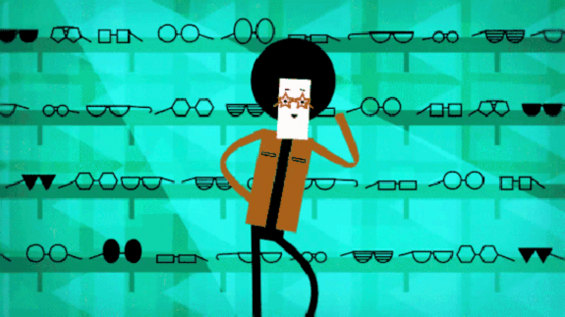
A brief history of eyeglasses (in TED-Ed GIFs)
Today, glasses help millions of people with poor vision be able to see clearly. But how did they come into existence? Below, Andrew Bastawrous and Clare Gilbert give a brief history of glasses.

Almost 2,000 years ago, the Roman philosopher Seneca peered at his book through a glass of water. Suddenly, the text below was transformed; the words magically became clear. But it wasn’t until a millennium later that that same principle would be used to create the earliest glasses.
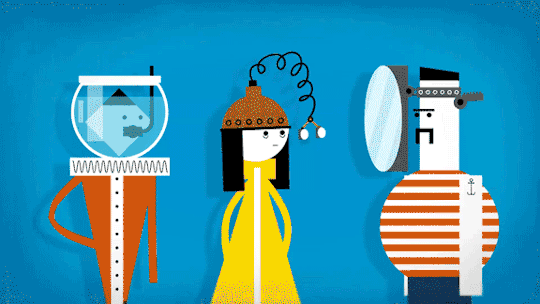
We’ve come a long way since Seneca’s discovery and the crude glasses of yesteryear. Today, glasses can help millions of people with poor vision due to uncorrected refractive errors by refocusing light so it strikes the retina precisely.

In 1727, a British optician named Edward Scarlett developed the modern style of glasses, which are kept in place with arms which hook over each ear.
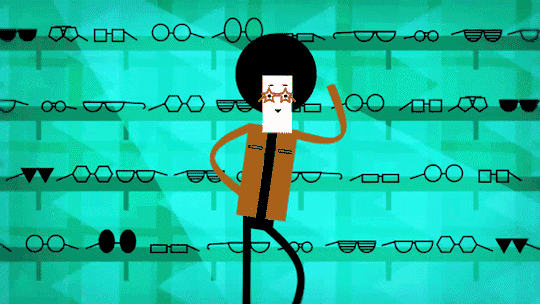
Today’s glasses take their inspiration from that design—but they’re also much more precise and personal. Each pair is tailored for an individual, to bring out their unique powers of sight. So if you’re one of the 500 million people with a problem for close or far vision or both, there’s a pair of glasses out there, waiting to reveal a whole new world that’s hiding in plain view.
Watch the full TED-Ed Lesson: How do glasses help us see?:
Animation by Andrew Foerster/TED-Ed
To learn something new every week, sign up here for the TED-Ed Newsletter.
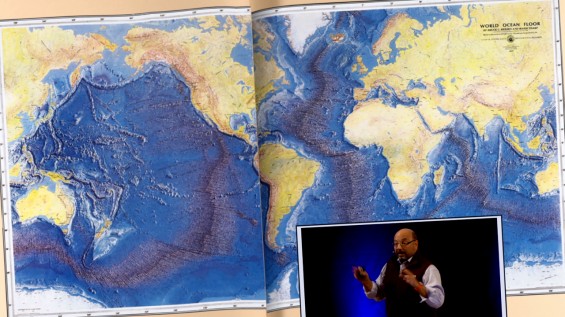
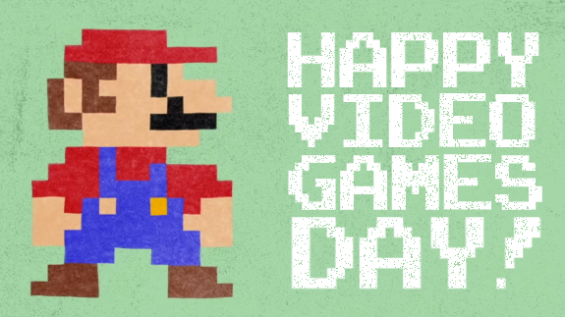
I really like the way they explained the eye problems. I had no idea that there are 4 types of eye problems.